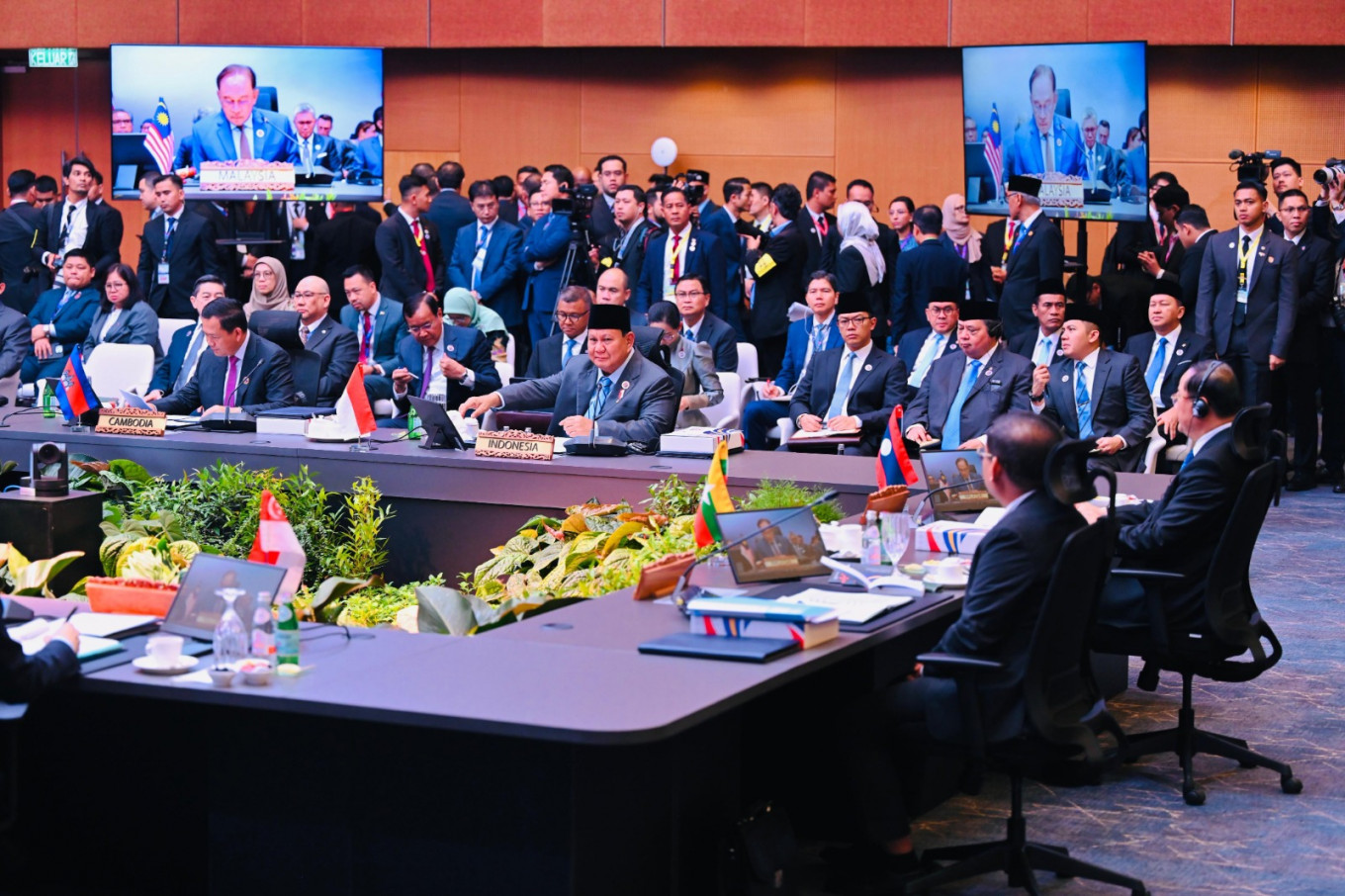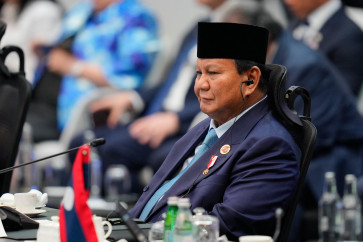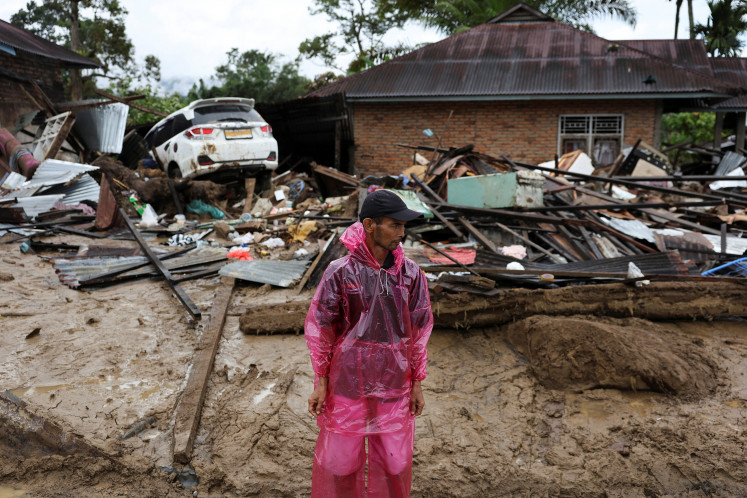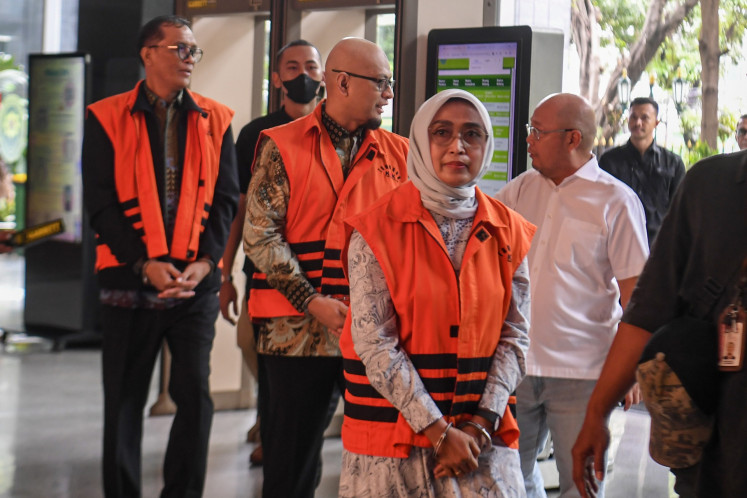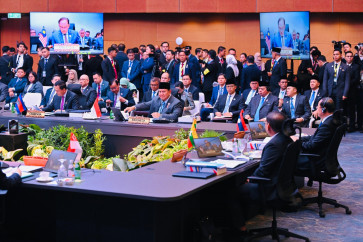Popular Reads
Top Results
Can't find what you're looking for?
View all search resultsPopular Reads
Top Results
Can't find what you're looking for?
View all search resultsASEAN Vision 2045: New ambition without urgency?
While more expansive and forward-looking than Vision 2025, ASEAN's latest vision document still treads the well-worn path of consensus without an alternative mechanism for when consensus fails or the institutional reforms necessary for implementation and enforcement.
Change text size
Gift Premium Articles
to Anyone
A
t the recently concluded ASEAN summit in Kuala Lumpur, the region’s leaders unveiled “Vision 2045: Our Shared Future”, a document intended to chart the bloc’s long-term trajectory over the next two decades. It promises a resilient, innovative, cohesive and people-centered ASEAN that remains anchored in multilateralism, inclusive development and regional peace.
To its authors, this is ASEAN’s blueprint for navigating global uncertainty and internal transformation. To critical readers, however, the future after the vision’s declaration may ultimately reveal an uncomfortable truth: ASEAN continues to show more comfort in drafting ambitions than in confronting its institutional limitations.
Compared to Vision 2025, the new framework appears more expansive and forward-looking. It acknowledges geopolitical fragmentation, economic disruption, climate threats and technological upheaval.
It speaks of ASEAN’s need for internal reform while engaging externally with a shifting Indo-Pacific order. It proposes several innovations, including flexible procedural rules to support the decision-making process) at the summit level, a potential troika mechanism to manage urgent situations and a commitment to cross-pillar coordination.
In form, it is a notable improvement. But in substance, Vision 2045 remains anchored to the same institutional culture that has long characterized ASEAN’s style of regionalism.
A central concern is the gap between ambition and implementation. The proposed “new rules of procedure” for the ASEAN summit are framed as a breakthrough, allowing leaders to determine how to act when consensus fails. Yet it still requires consensus to waive consensus and there are no clear thresholds, criteria or safeguards for activation.
Similarly, the ASEAN troika, a rotating leadership arrangement for crisis response, remains undefined in legal and operational terms. There is no path for amendment to the ASEAN Charter, no shift in the role of its secretariat and no institutional mechanism to ensure compliance or follow-through.

